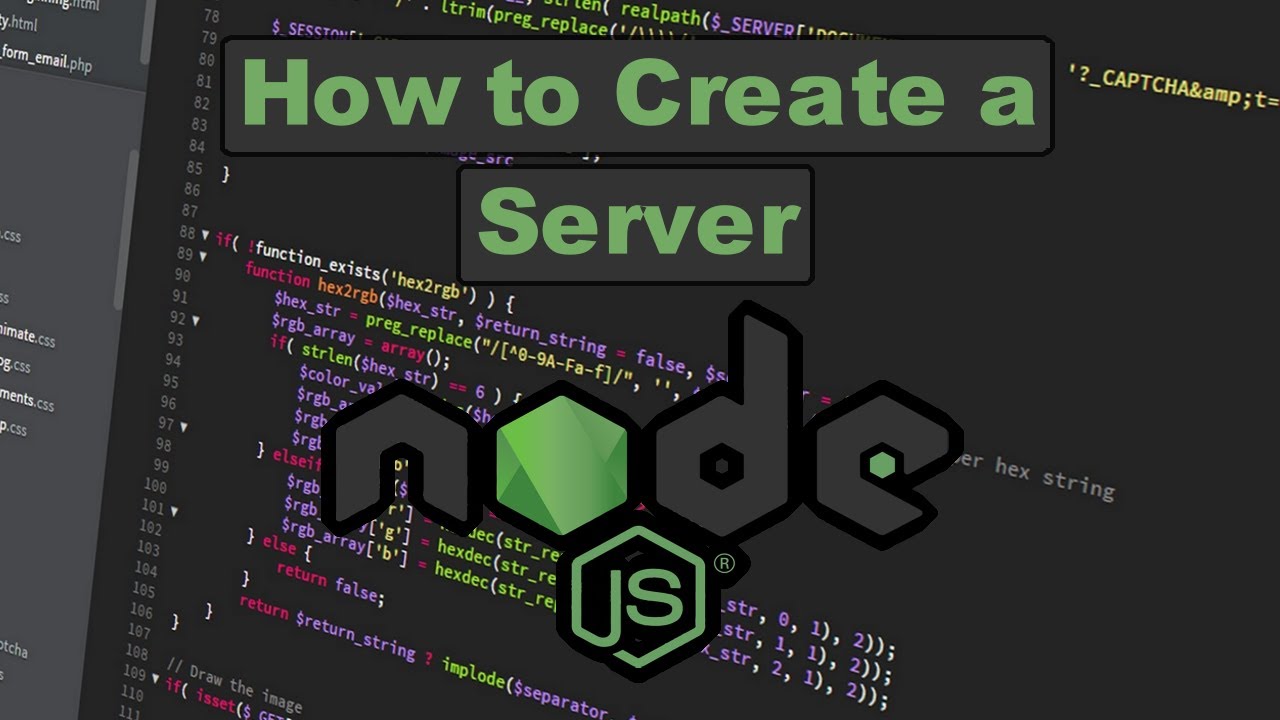Introduction to Node.js
Node.js is a powerful runtime environment that allows developers to run JavaScript on the server-side. It is built on the V8 JavaScript engine, the same engine that powers Google Chrome. Node.js uses an event-driven, non-blocking I/O model that makes it lightweight and efficient, ideal for building scalable network applications.
Setting up Node.js environment
Before you can start running a Node.js server, you need to set up your development environment. First, you’ll need to install Node.js on your machine. You can download the installer from the official Node.js website and follow the installation instructions for your operating system.
Installing necessary packages
Once Node.js is installed, you can use the Node Package Manager (NPM) to install any necessary packages or modules for your project. NPM comes bundled with Node.js and allows you to easily manage dependencies and install third-party libraries.
Creating and running a basic server
To create a basic server in Node.js, you need to write a simple JavaScript file that uses the built-in http module. This module provides a way to create an HTTP server that listens for incoming requests on a specified port. You can then run the server using the node command in your terminal.
Understanding server routes
In Node.js, routes are used to define how your server responds to different HTTP requests. You can create routes using the Express framework, a popular web application framework for Node.js. Express makes it easy to define routes for different HTTP methods and URL paths.
Handling server requests and responses
When a client sends a request to your Node.js server, the server processes the request and sends back a response. You can use the request and response objects provided by Node.js to handle incoming requests and send responses back to the client.
Deploying Node.js server applications
Once you have developed your Node.js server application, you’ll need to deploy it to a production environment. There are several ways to deploy Node.js applications, including using cloud platforms like Heroku, AWS, or deploying to your own server using tools like PM2 for process management.

